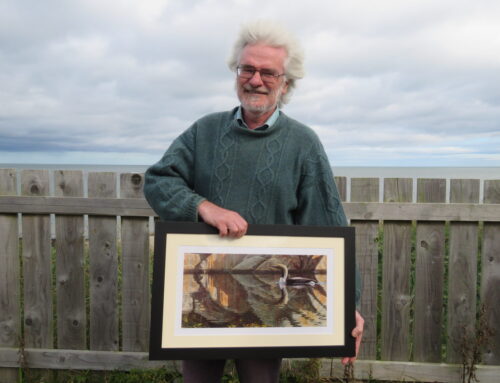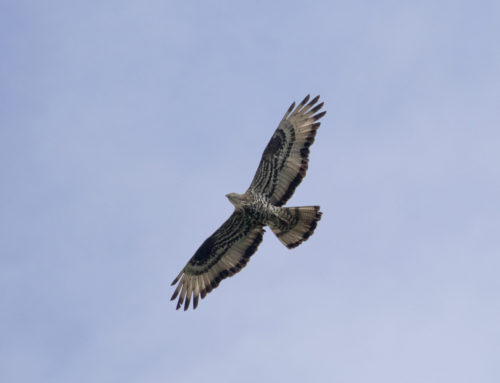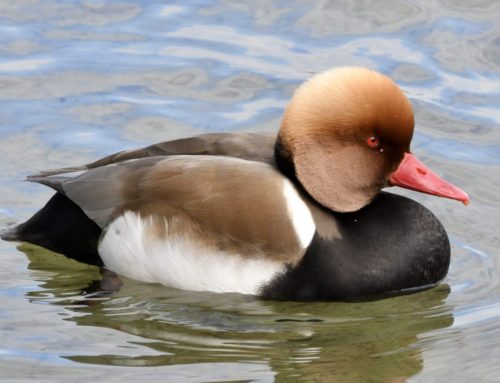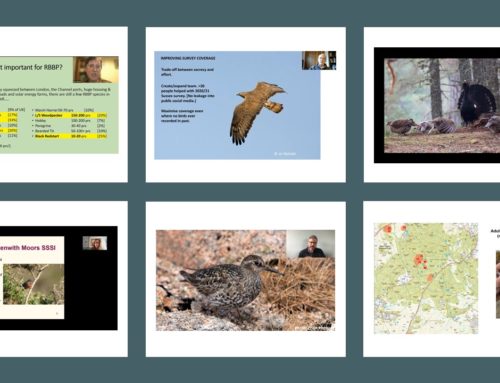The national Turtle Dove survey – progress update

Turtle Dove (Ben Andrews, RSPB Images)
The RSPB and RBBP, with the support of the BTO, Natural England and many county bird clubs and county recorders, have organised the first national Turtle Dove Survey in 2021. In Kent, the Kent Ornithological Society ran a county-wide Turtle Dove survey in 2021, following the national survey methods.
The surveys aimed to detect the presence and abundance of Turtle Doves within each selected 1-km square, with two visits between mid-May and the end of July. As well as recording Turtle Doves, surveyors were asked to keep an eye out for other birds of conservation interest in the same areas. The resources that Turtle Doves need during the breeding season – seeds from annual or perennial low-growing plants (such as weeds), accessible fresh water from drinking and bathing, and dense scrubby vegetation (preferably native broad-leaved thorny scrub/hedgerows) – are also good for other woodland and farmland birds.
The national survey has mobilised many volunteers, farmers, study groups, county bird clubs and other organisations to record Turtle Dove across their UK range. Many thanks to everyone who has taken part in, or helped to organise, the survey: around 800 people have done so, which is amazing. If you do have some outstanding national survey data, returns can either be posted to Simon Wotton/Andrew Stanbury, RSPB, The Lodge, Potton Road, Sandy, SG19 2DL, or photographs/scans of the completed forms can be returned via email to Turtledovesurvey@rspb.org.uk . Alternatively, if you didn’t record any Turtle Doves you can just email the visit details (including square grid reference, dates, times, and preferably with other key species records). Can you please also let us know if you didn’t manage to complete the surveys.
If you have seen or heard a Turtle Doves this year but not as part of the national survey, we would like to know, as these records help build a more complete picture of the overall distribution and abundance of Turtle Doves across the country: you can submit records quickly and easily using BirdTrack.

Turtle Dove (Ben Andrews, RSPB Images)
Results so far
We have received data from over 1,200 1km-squares so far, although there are a number of bulk returns from particular counties/areas still to come. Nearly half of the returns have entered online been through the Turtle Dove survey webhub at https://national-turtle-dove-survey-rspb.hub.arcgis.com/.
Here is a summary of the returns so far, by county, although it should be noted that there was a stratified random sample of squares in ‘core’ counties (Kent, Essex, Suffolk, Norfolk, Cambridgeshire and Sussex) and more targeted coverage elsewhere (particularly of known and recently-occupied sites).
| County | 1-km data returned | Minimum TD territories | Maximum TD territories |
| Bedfordshire | 71 | 25 | 26 |
| Berkshire | 4 | 1 | 1 |
| Cambridgeshire | 88 | 24 | 26 |
| Cornwall | 1 | 0 | 0 |
| Derbyshire | 6 | 1 | 1 |
| Devon | 12 | 2 | 2 |
| Dorset | 11 | 1 | 1 |
| Essex | 139 | 31 | 38 |
| Gloucestershire | 1 | 0 | 0 |
| Greater London | 3 | 0 | 0 |
| Hampshire | 71 | 6 | 7 |
| Hertfordshire | 8 | 1 | 1 |
| Kent | 152 | 82 | 96 |
| Leicestershire & Rutland | 12 | 0 | 0 |
| Lincolnshire | 134 | 35 | 38 |
| Norfolk | 133 | 15 | 18 |
| Northamptonshire | 8 | 2 | 3 |
| Nottinghamshire | 31 | 14 | 15 |
| Oxfordshire | 17 | 0 | 0 |
| Somerset | 2 | 0 | 0 |
| Staffordshire | 6 | 0 | 0 |
| Suffolk | 174 | 41 | 43 |
| Surrey | 6 | 3 | 3 |
| Sussex | 111 | 6 | 6 |
| Warwickshire | 11 | 1 | 1 |
| Wiltshire | 2 | 2 | 2 |
| Worcestershire | 14 | 0 | 0 |
| Yorkshire | 49 | 13 | 15 |
| Totals | 1277 | 306 | 343 |
Figure: 1-km squares with submitted data to date

The map above shows the occupied (red) and unoccupied (blue) 1km-squares from the data returns so far (note that not all of the Kent squares have been mapped yet).
It is hoped that we will have data returns from over 1,500 1-km squares in the end. We are currently in the process of data entry and aim to have provisional results available at some stage over the winter, so watch this space.
The results of the survey will give us a comprehensive overview of the current size and distribution of the UK’s remaining breeding Turtle Dove population. This will allow us to assess the progress of conservation work to date and help ensure that future conservation efforts are targeted to where they will have the greatest impact.
Simon Wotton (RSPB Centre for Conservation Science)






